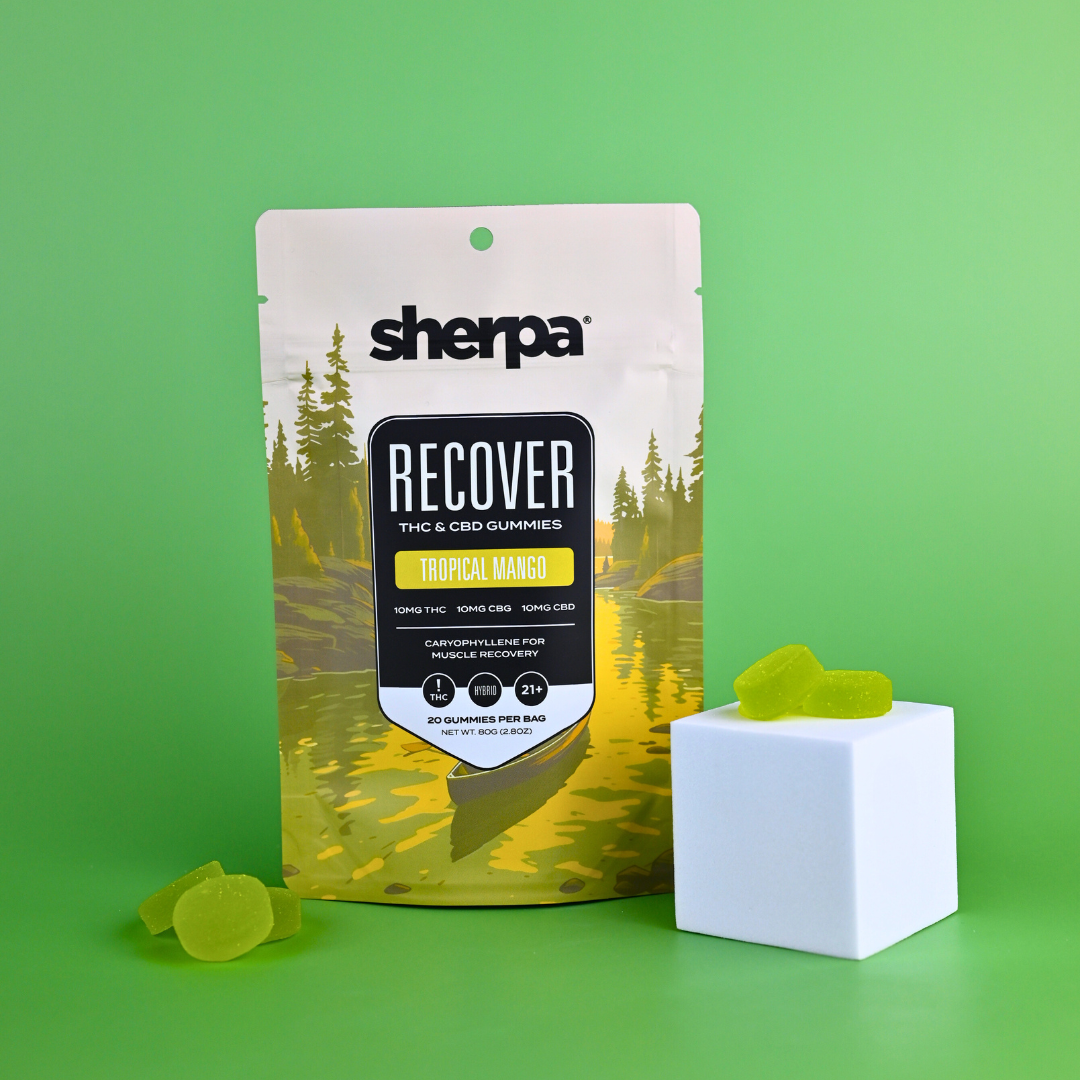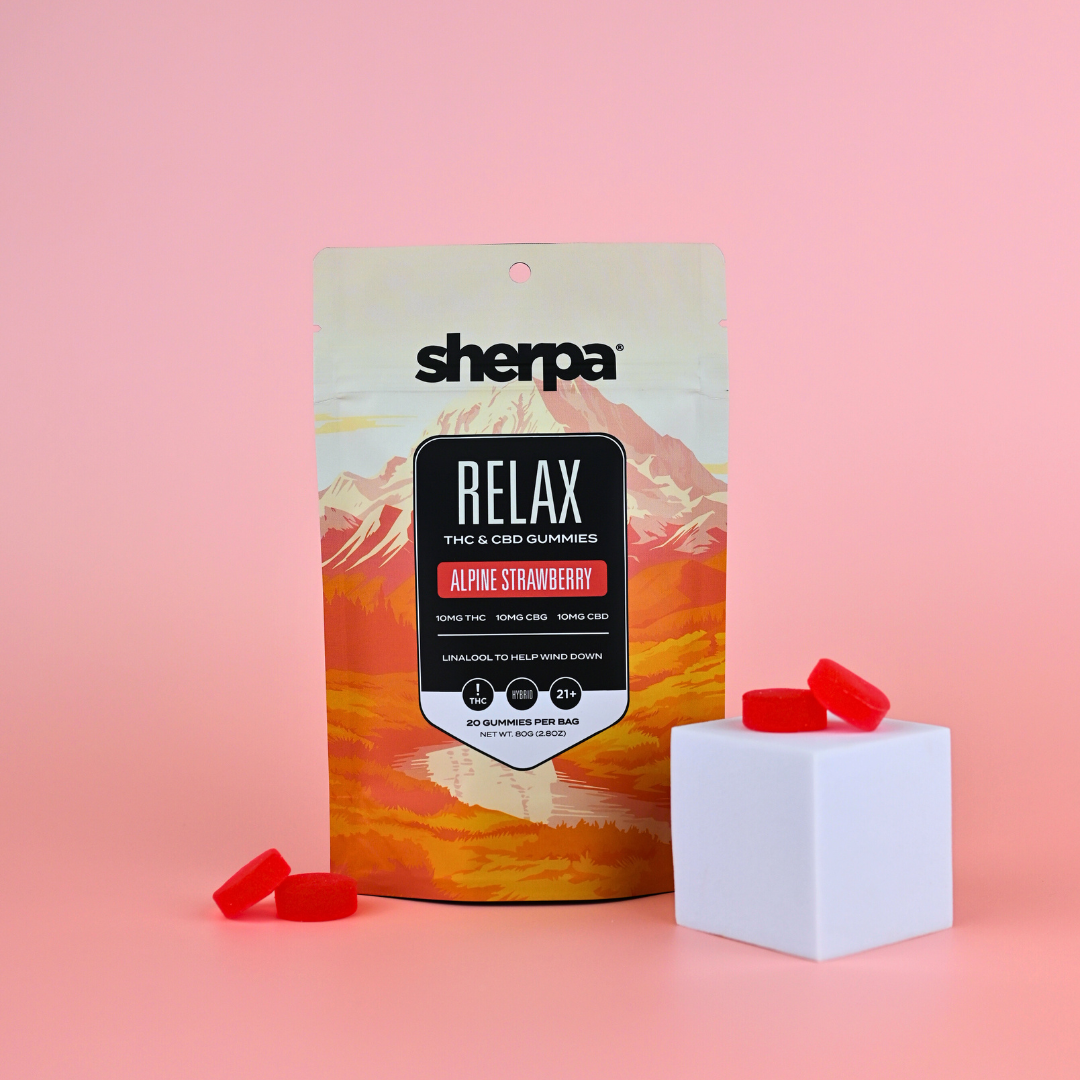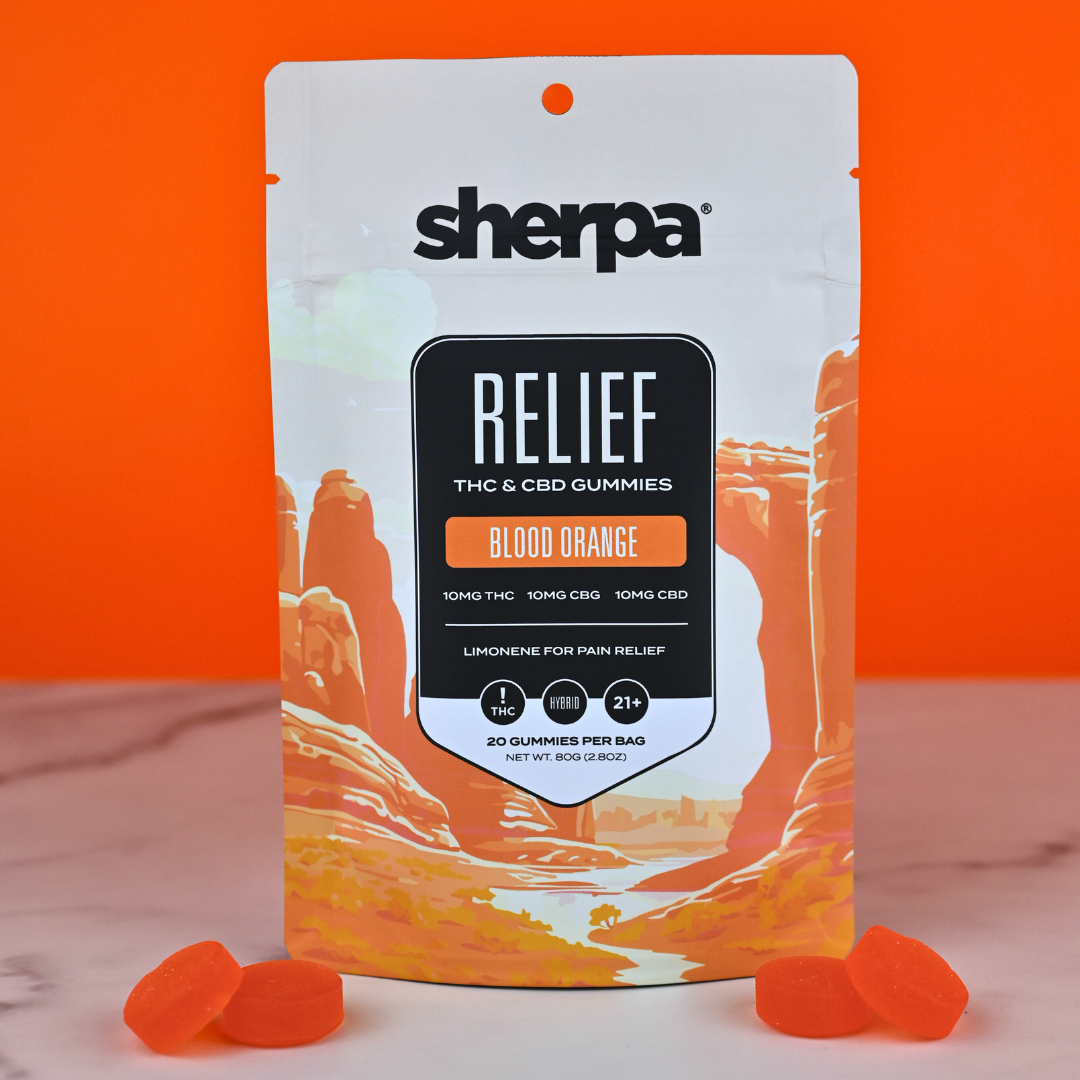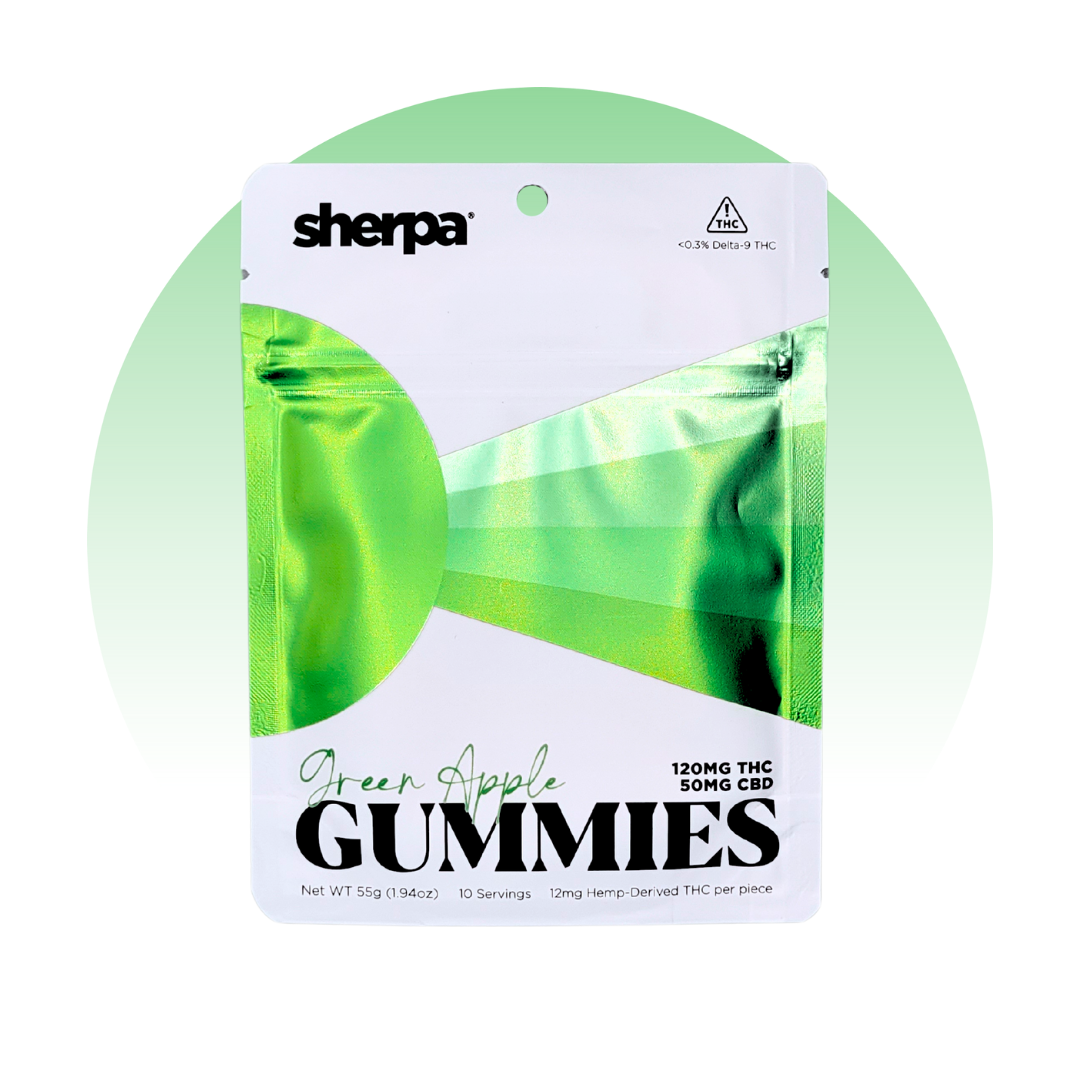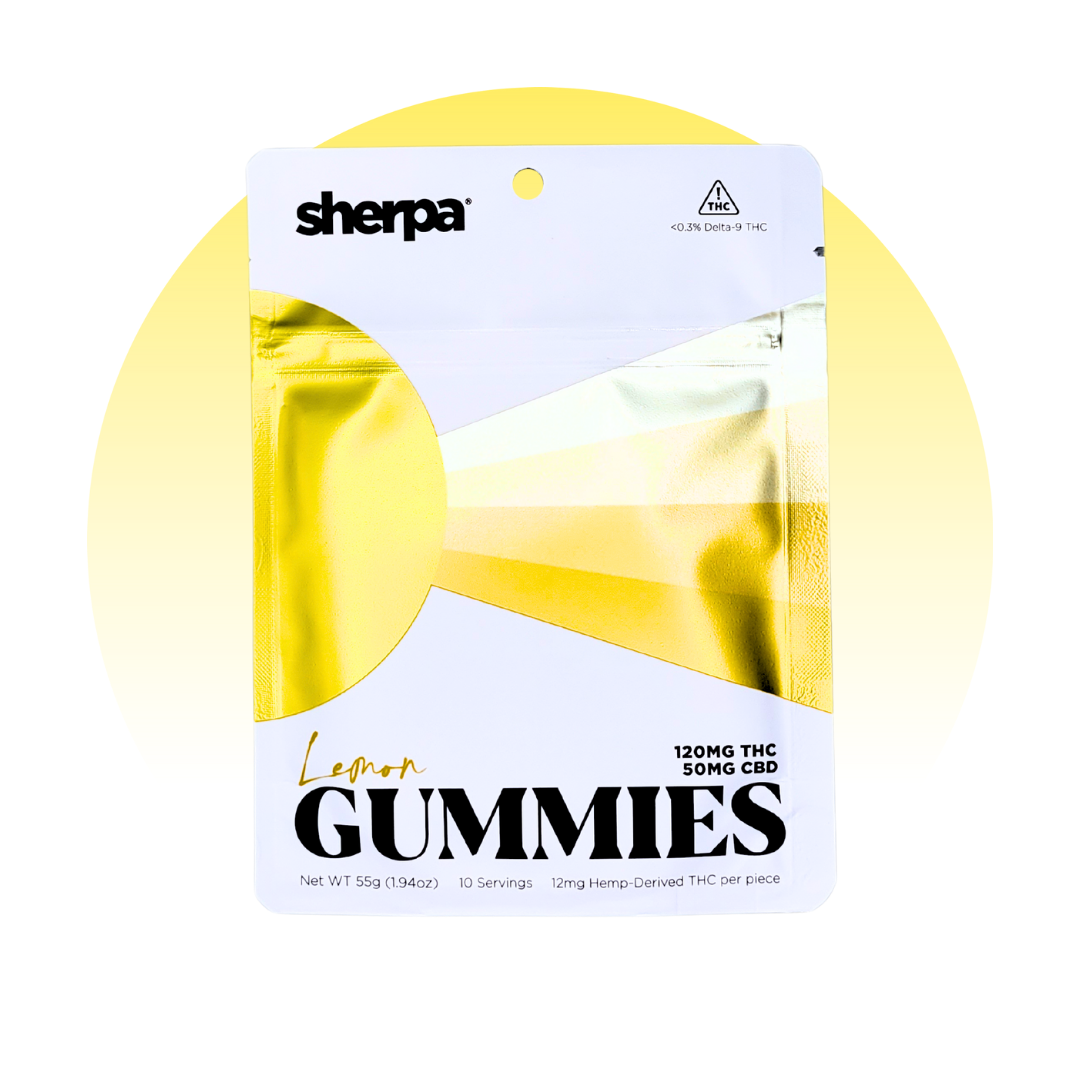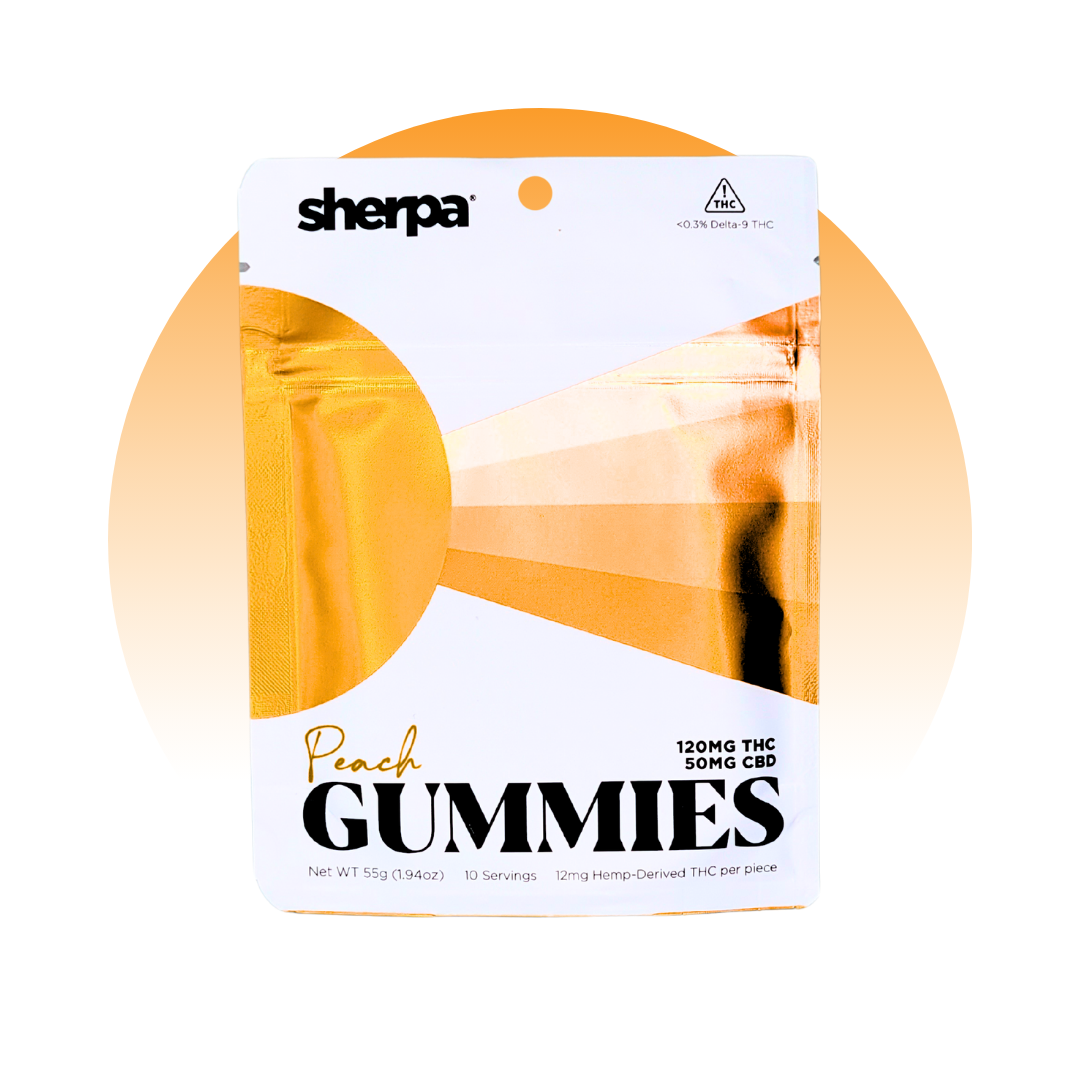
Our Blog
Cannabis 101: 10 Basic Facts You Need to Know
Cannabis 101: 10 Basic Facts You Need to Know

Photo by Harrison Haines
The buzz around Cannabis is growing. Due to new federal changes in Cannabis’ ranking as a controlled substance, more people than ever are searching for information on Cannabis, Hemp, CBD and THC products. Unfortunately, there’s quite a bit of mis-information about this naturally occurring plant and the cannabinoids that come from it floating around the internet. So, as life long Canna lovers and experts in hemp farming, we at Sherpa are doing everything we can to get the right information to new Cannabis users, curious explorers and cannabis connoisseurs alike. Whether you’re a long time customer of ours or just starting your cannabis adventure, here are 10 basic facts you should know before you begin.

Photo by Kindel Media
1. Cannabis is a family of plants not a plant
Though you’ll often hear terms like “the cannabis plant” cannabis is not actually a single plant. Instead, it’s an umbrella term for a family of flowering plants. There are three main strains of plants in the Cannabis family. Sativa, Indica and Ruderalis. Indica and Sativa are typically the strains grown for both medical and recreational use. Sativa can be considered an “upper '', increasing mood and offering a caffeine-like hit. Indica produces a more relaxing and calming effect.

Photo by Kindel Media
2. Most cannabis plants are indica/sativa hybrids
Many farms now grow hybrid versions of the Indica and Sativa plants. These hybrids produce different combinations of compounds and chemicals in production and are harvested and processed differently depending on the products the plant will be used to create. Rather than focusing on whether a specific product is “Sativa” or “Indica”, it's more important to pay attention to how the plants are grown and harvested and the percentages of various ingredients in the product you’re interested in trying. Sherpa and other reputable dispensaries and companies will list these ingredients and their percentages on the packaging.

3. All cannabis plants have cannabinoids
Cannabinoids are naturally occurring, biologically active compounds found in cannabis. It is estimated that there may be over 100 of these active compounds in the cannabis plant. So far, scientists have been able to authoritatively name 70 of these compounds though they are certain that the plant family contains many more. Only one cannabinoid, Tetrahydrocannabinol has been found to have psychoactive effects that produce a “high” feeling.

Photo by Dids
4. We have cannabinoids too
All vertebrae have their own cannabinoid compounds. That includes us! These structures are known as Endocannabinoids. They are naturally occurring acidic compounds that help to regulate our body to keep everything in balance. These fatty acids are regulators that our brains can call up on demand to respond to stress or simply normal physiological stimuli. It is thought that these endocannabinoids combine with Phyto cannabinoids to produce varying effects on our body. That’s part of the reason cannabinoids like CBD can help with pain management and THC produces an intoxicating effect.

5. THC and CBD are not the only cannabinoids
While Tetrahydrocannabinol (THC) and Cannabidiol (CBD) are the two main cannabis-based structures used in products, they are often combined with other naturally occurring cannabinoids to produce desired effects. For example, Cannabigerol (CBG) has long been considered a mood and energy booster. It is often combined with THC and CBD extract in products for people who want to feel energized and focused.

6. Not all cannabinoids are created equal
Cannabinoids come from the same plant but seem to have very different effects on the human body. THC, for example, is the only studied cannabinoid that produces psychoactive effects. It’s the only thing in the plant that will give you a high. Some cannabinoids, like CBN, include elements like Terpenes, also present in lavender, that produce relaxing or calming effects. Some of these cannabinoids can offer health benefits when paired or grouped together.

7. THC and CBD work well together
If you are taking CBD supplements to help with pain relief, improve focus or get a good night's sleep, you will probably find at least two if not three cannabinoids listed in the ingredients. It’s very likely that two of those Cannabinoids will be THC and CBD. For people who take cannabis for health reasons, a little THC combined with CBD seems to increase the health benefits. This is part of the reason that a certain percentage of THC is federally legal in the US in CBD products.

8. Cannabis is not Marijuana
Pop culture has made Marijuana virtually synonymous with cannabis. This leads to the misconception that all products containing cannabis or THC are equivalent to marijuana. This is not the case. The term Marijuana is used only when products contain a significant amount of THC. That is, when THC is more than 0.3% of the cannabinoid used in any given product. This is usually the case with smoking the flower of the cannabis plant.
Smoking or vaping marijuana is a very different experience compared to ingesting other cannabis based products. For example, smoking the dried flower from the cannabis plant will offer a much quicker and, often, slightly more intense high than ingesting the THC in gummy or treat form. And, federally legal gummies like Sherpa’s, that contain less than 0.3% THC will offer a much slower burn than higher concentrates.
If you choose to take a product like our microdose pills or sleep aids that have only a trace amount of THC, you likely won’t experience a high at all. Likewise, if you ingest a CBD laced drink or a prescription medication containing only CBD, you won’t experience any intoxicating effects whatsoever. In short, while all Marijuana comes from Cannabis, not all Cannabis is Marijuana.
9. You can use cannabis recreationally all over the US…in certain dosages.
Federal guidelines state that, as long as the THC levels stay below 0.3% based on dry weight, products that are typically used for recreational purposes and don’t require a prescription such as edibles, oils and supplements can be labeled as CBD products and sold nationwide. That said, individual states will have their own rules about how large or small products can be and what the ratios between THC and other ingredients can be to be legally sold and consumed in their state. Reputable companies, like Sherpa, will clearly state the THC percentages on packaging and offer the lab tested reports on their website.

10. Start low, go slow
Because cannabinoids affect everyone differently, it’s best to be very deliberate and careful with the products you use. Especially when it comes to THC levels it’s best to start low and go slow. Microdosing (taking a product that has only trace amounts of THC) with something like our Sherpa Sunrise or Sherpa Sleep pills are a good option to start introducing THC into your system. After a few weeks you might want to move up to our 5mg Night time gummies, then to the smaller 12 mg gummies in our Sherpa Sampler Pack.
These are just a few basic facts about Cannabis that are good to have in your back pocket whether you’re a seasoned Canna explorer or about to embark on a new adventure. Stay tuned for more Cannabis facts and updates from your trusted travel companions at Sherpa.
